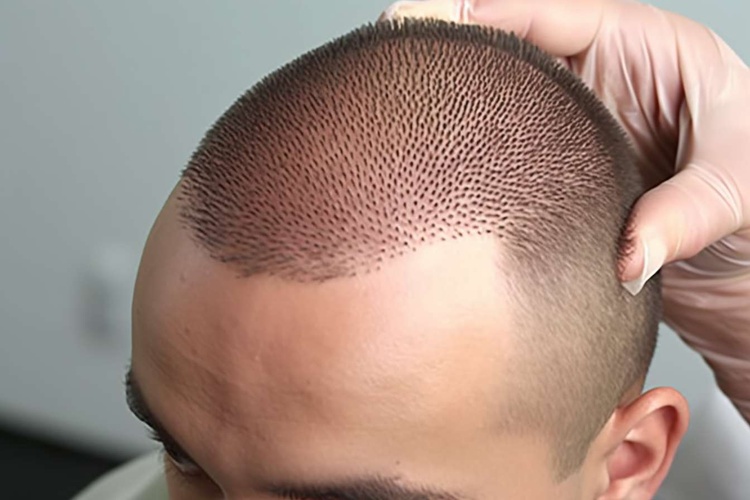Liposuction Explained: Your Complete Body Contouring Guide
Explore how liposuction reshapes stubborn fat pockets and refines body contours. This guide covers ideal candidates, treatable areas, risks, recovery timelines, and estimated costs so you can make an informed decision about liposuction and body contouring.

Liposuction is a widely used surgical technique for removing localized fat deposits and improving body shape. While it isn’t a method for general weight loss or obesity treatment, it can effectively target areas that resist diet and exercise and help patients achieve smoother, more balanced contours when performed by a qualified surgeon.
Who is a good candidate for liposuction?
The best candidates are adults who are close to their target weight but struggle with isolated fat pockets. Ideal traits include:
- Stable weight and realistic expectations about the outcome.
- Good overall health with no uncontrolled medical conditions.
- Firm, elastic skin and reasonable muscle tone to allow the skin to redrape after fat removal.
- Non-smokers or those willing to stop smoking before and after surgery to promote healing.
- Understanding that liposuction is a body-contouring tool, not a substitute for a healthy lifestyle.
A detailed consultation with a board-certified plastic surgeon is essential to evaluate goals, skin quality, and whether liposuction is the most appropriate option based on anatomy and expectations.
Areas commonly treated with liposuction
Liposuction is versatile and can address many parts of the body where localized fat accumulates. Common treatment zones include:
- Abdomen and waistline
- Inner and outer thighs
- Hips and buttocks
- Upper arms
- Back and bra line
- Chest and male gynecomastia
- Neck and under-chin area (double chin)
- Ankles and calves
Surgeons can treat multiple sites during a single procedure depending on the patient’s health, the amount of fat removed, and safety considerations.
| Area Treated | Average Cost Range |
|---|---|
| Abdomen | $3,000 - $7,500 |
| Thighs | $2,500 - $6,000 |
| Arms | $2,000 - $5,500 |
| Chin/Neck | $2,000 - $4,500 |
| Back | $2,500 - $6,000 |
Costs are estimates and may not include anesthesia fees, operating room costs, or post-operative garments. Prices can vary by region and surgeon; always seek a personalized quote and ask about financing options.
Potential risks and complications
All surgeries carry some degree of risk. With liposuction performed in an accredited facility by an experienced surgeon, serious complications are uncommon, but possible issues include:
- Infection at the incision sites.
- Bleeding or hematoma formation.
- Adverse reactions to anesthesia.
- Contour irregularities, rippling, or asymmetry due to uneven fat removal or skin laxity.
- Fluid collections (seromas) that may require drainage.
- Temporary or sometimes prolonged numbness and altered skin sensation.
- Delayed wound healing or scarring.
- Deep vein thrombosis or pulmonary embolism in high-risk patients.
- Rarely, fat embolism when fat enters the bloodstream.
- Persistent swelling or skin discoloration in treated areas.
Careful patient selection, adherence to pre- and post-operative instructions, and close follow-up reduce these risks.
What to expect during recovery
Recovery varies with the extensiveness of the procedure and individual healing. Typical recovery milestones are:
- First 24–72 hours: Expect soreness, swelling, and bruising. Pain is usually manageable with prescribed medication.
- 1–2 weeks: Many patients can resume light daily activities, though energy levels may be lower.
- Several weeks: Compression garments are commonly worn for multiple weeks to control swelling and support tissue settling.
- 3–4 weeks: Avoid vigorous exercise and heavy lifting until cleared by your surgeon.
- 3–6 months: Residual swelling subsides and final contour improvements become more apparent.
Follow-up visits are important to monitor healing, remove sutures if needed, and address any concerns.
Preparing for surgery and choosing a surgeon
Select a board-certified plastic surgeon with specific liposuction experience and view before-and-after photos of similar cases. Important preparation steps include:
- Disclose your full medical history, medications, and supplements.
- Stop smoking and follow any instructions about blood-thinning medications.
- Arrange for someone to drive you home and help during the initial recovery period.
- Discuss anesthesia options and the expected length of the procedure.
- Ask about facility accreditation, recovery protocols, and how complications are handled.
A transparent conversation about goals, limitations, and realistic results will help you make an informed choice.
Final considerations
Liposuction can produce significant contour improvements when matched with the right candidate and performed by an experienced surgeon. Maintaining a stable weight, practicing healthy habits, and following your surgeon’s guidance are key to sustaining results. Because outcomes depend on individual anatomy and healing, thorough consultation and realistic expectations are critical.
This article is for informational purposes only and should not be considered medical advice. Please consult a qualified healthcare professional for personalized guidance and treatment.






